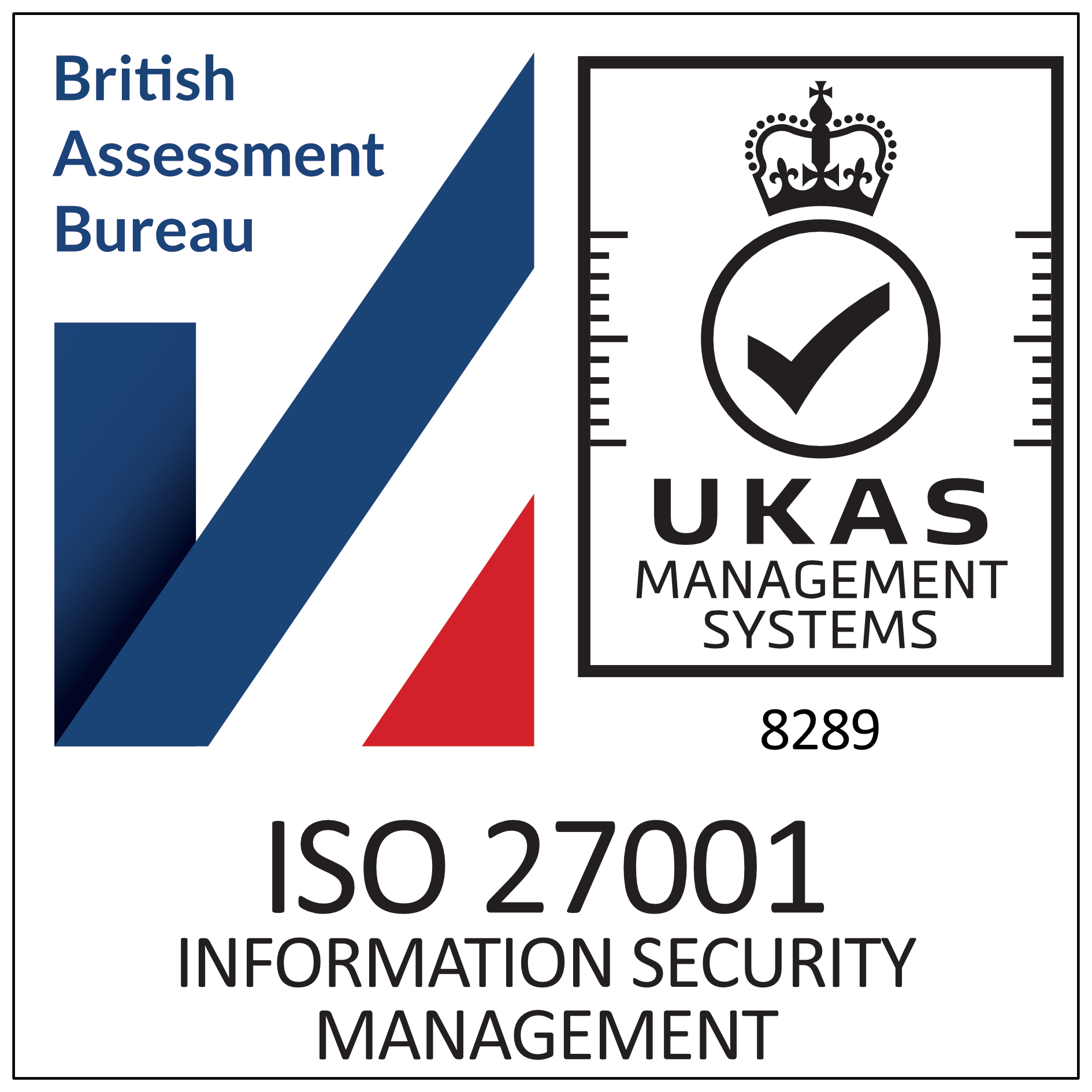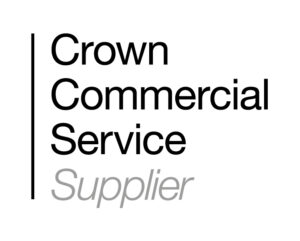Insiders Guide to Buying NHS Workforce Systems, Services, and Beyond Part One – Understanding the Differences
Insiders Guide to Buying NHS Workforce Systems, Services, and Beyond Part One – Understanding the Differences

Introduction: Systems or Services?
Imagine for a moment that you’re searching for the answer to a critical question:
“What’s the best system for our workforce needs?”
Perhaps you’re hunting for the finest revalidation, job planning, or rostering system. Or maybe you’re after a specialised solution unique to your particular workforce challenge.
But let’s pause for a moment and reconsider the question. In a world flooded with ‘best’ systems, let’s shift our gaze from the obvious. Instead of asking, “What’s the best insert your workforce need here system?” Let’s consider a more insightful question:
“What’s the best solution for our needs and circumstances?”
It may not be a system at all.
This subtle shift from seeking the best ‘system’ to finding the best ‘solution’ can make all the difference.
It’s not about finding the system with the most bells and whistles. It’s about discovering the solution that aligns seamlessly with your unique needs. It’s about finding your perfect fit in a world of one-size-fits-all. It may very well be a system, it may be a service, a combination of the two or something else entirely.
So, let’s embark on this journey of exploration together, to uncover not just a system, but the solution that is just right for you.
In the complex world of healthcare, managing a workforce effectively is a critical component of delivering high-quality patient care. For organisations like the NHS, the task of managing thousands of staff members across various roles and locations can be daunting. Get it right and it is money well spent and improvement in patient outcomes, staff retention and even morale will follow. Get it wrong, and the opposite will be true.
Fortunately, there are numerous solutions available that can streamline this process: from comprehensive software systems to bespoke services. But how do you choose the right one? The right one for your role, your users, your trust, your needs, and your patients? In this article, the first in a three part series, we’ll explore the key benefits and challenges associated with systems and services which will act as a starting point when selecting a workforce solution for your NHS trust.
The Benefits and Challenges of Workforce Systems and Services in the NHS
When it comes to workforce solutions, NHS trusts have a variety of options, broadly categorised into systems and services.
Systems
There are many system suppliers who provide comprehensive software platforms that can automate and streamline many aspects of workforce management including but not limited to:
- Access Group
- Advanced
- Agilio
- Fourteen Fish
- Healthrota
- L2P
- Liaison Group
- Meddbase
- NHS Electronic Staff Record (ESR)
- Patchwork Health
- Premier IT
- RL Datix
- Rotageek
- Rotamap
- SARD JV
- Skills for health
- Think Learning
- UKG
These systems often come with a range of features for tasks such as appraisal, revalidation, rostering, bank and agency staffing, job planning, recruitment, and more.
The benefits of using a system include the ability to automate many administrative tasks, freeing up staff time for patient care. Systems can also provide valuable data, insights and governance, helping to inform strategic decision-making. Systems can prove a level of sophistication required to show good practice and compliance. They can allow for data to be reported upon to help ensure processes are followed and key strategic decisions can be made. They can allow for instant communication of information across a broad group of people focused on particular issues. Essentially they can create a solid informational platform upon which a trust can build its future strategies.
However, challenges can arise in terms of data accuracy, system integration, user adoption, and cost. Ensuring the data within the system is accurate and up-to-date can be a significant task. Integrating the system with other existing systems can also be complex. There can be resistance from staff when implementing a new system, and training may be required to ensure everyone can use it effectively. Also with so many systems to choose from, with different providers specialising particular niches and offering best in class modules getting a complete package can be difficult, and that is without mentioning juggling multiple contracts and contacts. Lastly, the cost of the system(s) itself, as well as the time and resources required to implement and maintain it, can vary wildly from provider to provider and in some cases be significant.
Services
Services, on the other hand, can offer an alternative to implementing systems, and in some cases a ‘do it with or for you’ approach. Companies like ours (SARD) offer services that can manage the entire aspects of the workforce planning process for you, from data input to report generation. This can be a great option if you’re looking for the benefits of a workforce planning system but don’t have the capacity or resources to manage it in-house.
Services may also include consultancy services, agency staff, audits, reviews as well as training. Providers for consultancy include Four Eyes Insight, Ethical Healthcare, KPMG, Ernst and Young, PWC and Deloitte. For training you could look towards Think Learning, The Kings Fund, Skills for Health, Premier IT, Health Education England, Totara, amongst many others.
The benefits of using a service include the ability to leverage the expertise of the service provider, freeing up internal resources. Services can also be more flexible and adaptable to changes in your organisation or the wider NHS landscape. With regards to consultancy and training, they can offer a differing perspective in workforce management improvement. Consultancy can help a trust understand where it is currently at, before making a decision on its future course. Whereas training can improve the skills on staff you already have ensuring you have a more flexible workforce.
However, employing these services comes with its own set of challenges. Ensuring the provider comprehends and aligns their offerings with your trust’s specific needs and objectives can be a hurdle. Adaptability of the service to your current process stage is another consideration; can they meet you where you are in your journey? Also, concerns around data security and privacy often arise when outsourcing workforce management tasks. Furthermore, a critical question to ponder is whether receiving a comprehensive understanding of your current situation through consultancy actually propels your organisation forward or addresses any existing issues. After all, recommendations remain theoretical until put into action. Training, while undoubtedly beneficial for enhancing skills, knowledge, and potentially productivity, necessitates time away from the service for completion – a commitment that can prove challenging. Finally, even though a service might reduce the demand for internal resources, it can still represent a significant investment in both time and money.
In conclusion, both systems and services offer unique benefits and come with their own challenges. It is impossible to say who is the best, all providers have their merits, but it is possible for you to find the provider or mix of providers that is best for you and your trust’s needs. The key is to understand your trust’s specific needs, resources, and goals, and to choose the solution that best aligns with these.
To find out which option(s) are best for your trust it is imperative to ask the right questions. In my next article, Insiders Guide to Buying NHS Workforce Systems, Services, and Beyond Part Two – Investigating Your Options, I will be exploring these key questions as well as highlighting what to focus on when identifying the right solution for your organisation and your needs.
Please explore our past blogs and articles and be sure to follow us on LinkedIn.
Recent Articles

Registered address
SARD JV Limited
Unit 76, Innovation Centre
University Road, Canterbury
CT2 7FG
A joint venture with Oxleas NHS Foundation Trust.
Registered in England and Wales with company number 07916735. VAT No. 131901840
Designed and built By Tweak Marketing
Privacy Policy





